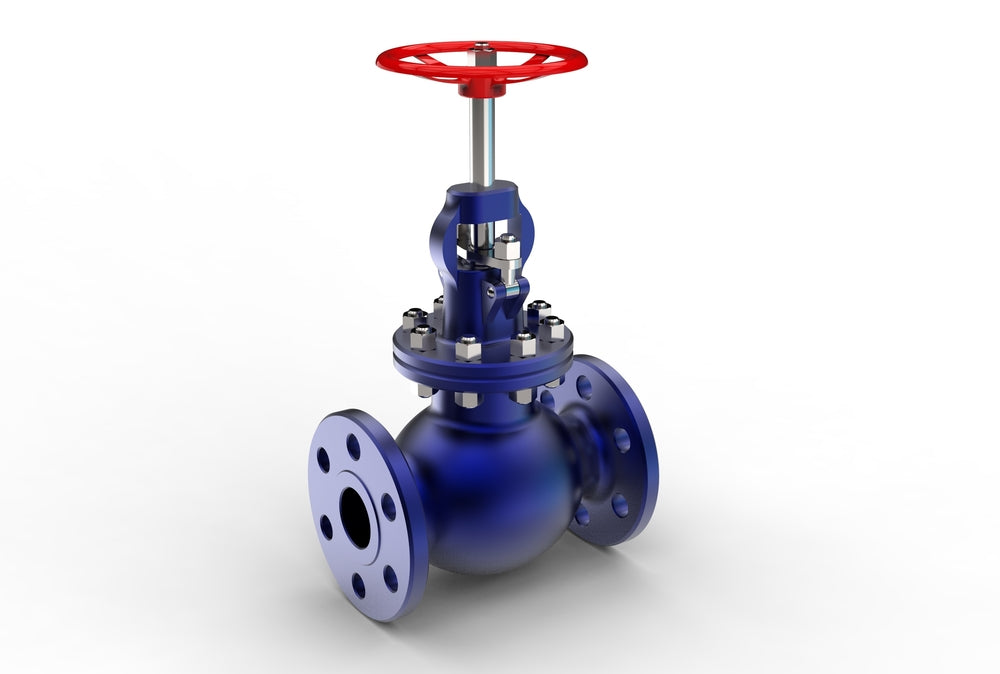In industrial and plumbing systems, selecting the right valve type is crucial for maintaining safe, efficient, and reliable fluid control. Among the most common options are gate valves and ball valves, each designed to manage flow in distinct ways. Understanding the differences between the two helps engineers, contractors, and maintenance professionals choose the best fit for their specific needs. In this guide, we’ll compare the functionality, advantages, and typical uses of each to help you decide which is most suitable for your application when evaluating gate valve vs ball valve systems.
Why Choosing the Right Valve Matters
Choosing the correct valve impacts the overall performance, efficiency, and lifespan of a fluid system. The wrong type can lead to reduced flow capacity, higher maintenance costs, or even system failures.
Impact on System Performance
The valve type directly influences how easily fluids pass through pipelines. For example, a valve with higher flow resistance can reduce pressure and affect system efficiency. A well-matched valve design ensures optimal performance, reduced wear on components, and improved control over flow rates.
Safety and Maintenance Considerations
Proper valve selection minimizes the risk of leaks, corrosion, and system overpressurization. It also simplifies maintenance—some valves can be disassembled or serviced without interrupting the entire system, which is critical for industries requiring continuous operation.
Key Differences Between Gate Valves and Ball Valves
While both valves regulate flow, their internal designs and operation principles differ significantly. Below are the main distinctions:
-
Design and Mechanism:
-
Gate Valve: Operates using a flat or wedge-shaped gate that moves up or down to open or close the passage.
-
Ball Valve: Uses a spherical disc with a hole through its center, which rotates 90 degrees to allow or block flow.
-
Flow Control and Operation:
-
Gate Valve: Ideal for full open or full closed positions; not designed for throttling, as it can cause erosion.
-
Ball Valve: Provides precise on/off control and can also throttle flow depending on design.
-
Durability and Lifespan:
-
Gate Valve: Typically more resistant to high temperatures but prone to wear if frequently operated.
-
Ball Valve: More durable for repetitive use due to its rotating mechanism and tight sealing performance.
Pros and Cons of Gate Valves
Pros:
-
Excellent for systems requiring minimal flow restriction.
-
Performs well in high-pressure and high-temperature environments.
-
Offers tight shut-off when fully closed.
-
Available in larger diameters for heavy-duty pipelines.
Cons:
-
Slow operation due to the multi-turn mechanism.
-
Not suitable for throttling applications.
-
Requires more installation space because of its vertical stem design.
-
More maintenance is needed if used in systems with debris or sediment.
Pros and Cons of Ball Valves
Pros:
-
Quick quarter-turn operation for instant shut-off.
-
Compact design ideal for tight installations.
-
Provides tight sealing even after prolonged use.
-
Requires minimal maintenance with low risk of internal damage.
Cons:
-
Not ideal for high-temperature conditions that may damage seals.
-
Can cause cavitation if used improperly in throttling scenarios.
-
More expensive for large-diameter systems.
-
May require full pipeline drainage for repair or replacement.

Best Applications for Gate Valves
Gate valves are typically used in systems where the valve remains fully open or closed for long periods. They are favored in water distribution, oil, and steam pipelines that demand unobstructed flow. Common gate valve applications include:
-
Municipal water and wastewater systems
-
Oil and gas transmission pipelines
-
Marine and power generation plants
-
High-pressure steam and boiler systems
-
Industrial process control where isolation is required
Their ability to handle high-pressure and high-temperature fluids makes them an excellent choice for systems prioritizing durability over speed of operation.
Best Applications for Ball Valves
Ball valves excel in systems requiring rapid on/off control or frequent operation. Their tight sealing and corrosion resistance make them highly reliable in a variety of environments. Typical ball valve applications include:
-
HVAC and plumbing systems for residential and commercial buildings
-
Chemical processing plants requiring clean shut-off
-
Food and beverage manufacturing with sanitary standards
-
Irrigation and agricultural fluid systems
-
Gas distribution and compressed air pipelines
Because they allow for precise control, ball valves are preferred in installations where maintenance access is limited and operational reliability is key.
How to Choose the Right Valve for Your System
Selecting the ideal valve depends on understanding the requirements of your pipeline, the type of fluid handled, and your system’s pressure and temperature ratings.
Factors to Consider (Pressure, Flow, Maintenance, Cost)
-
Pressure and Temperature Ratings: Gate valves perform better in high-temperature and pressure applications, while ball valves are optimal for low-to-medium ranges.
-
Flow Control Needs: Gate valves suit on/off control, whereas ball valves offer both shut-off and limited throttling.
-
Maintenance Requirements: Ball valves are easier to maintain and replace due to fewer moving parts.
-
Cost and Space: Ball valves are cost-effective for smaller pipelines; gate valves may be more economical for large-diameter lines.
Common Mistakes to Avoid
-
Using gate valves for throttling flow can cause vibration and damage to the gate.
-
Installing ball valves in systems exceeding their pressure or temperature limits.
-
Ignoring material compatibility between valve components and the process fluid.
-
Overlooking installation space—gate valves need more clearance than ball valves.
Ensuring Optimal Valve Selection for Long-Term Performance
Both gate valves and ball valves serve vital roles in industrial and commercial fluid systems. The key lies in matching their unique characteristics to your system’s specific demands. Gate valves offer robust performance for high-pressure, full-flow systems, while ball valves deliver quick operation and tight sealing for frequent-use applications.
Understanding your system’s operational priorities—such as control precision, durability, and ease of maintenance—ensures you choose the right component for consistent and safe operation. When properly selected and maintained, both valve types contribute significantly to the efficiency and reliability of any piping network.
Choose durable, high-performance valves for your system with PipingNow. Contact us today for expert valve selection and reliable piping solutions.

